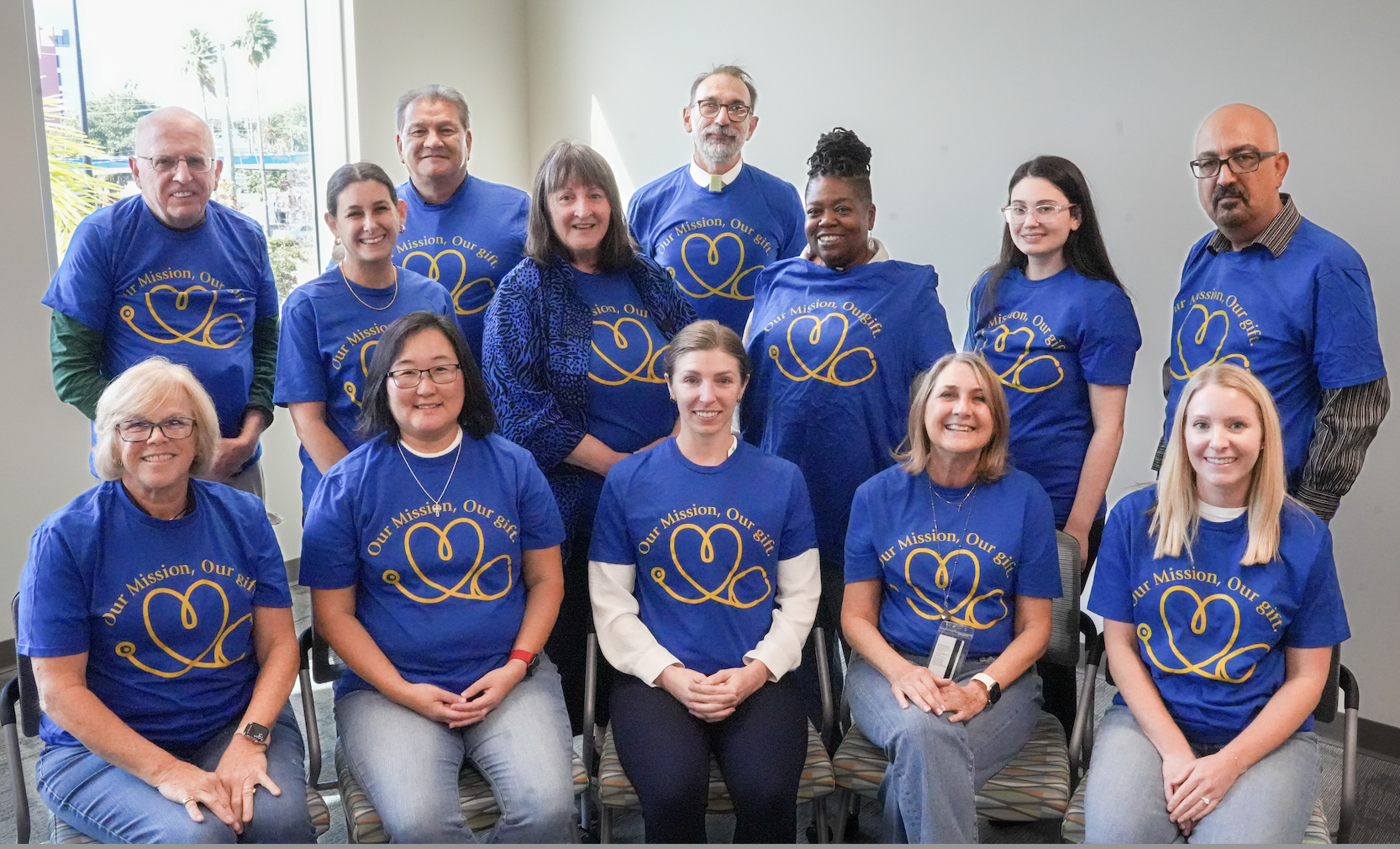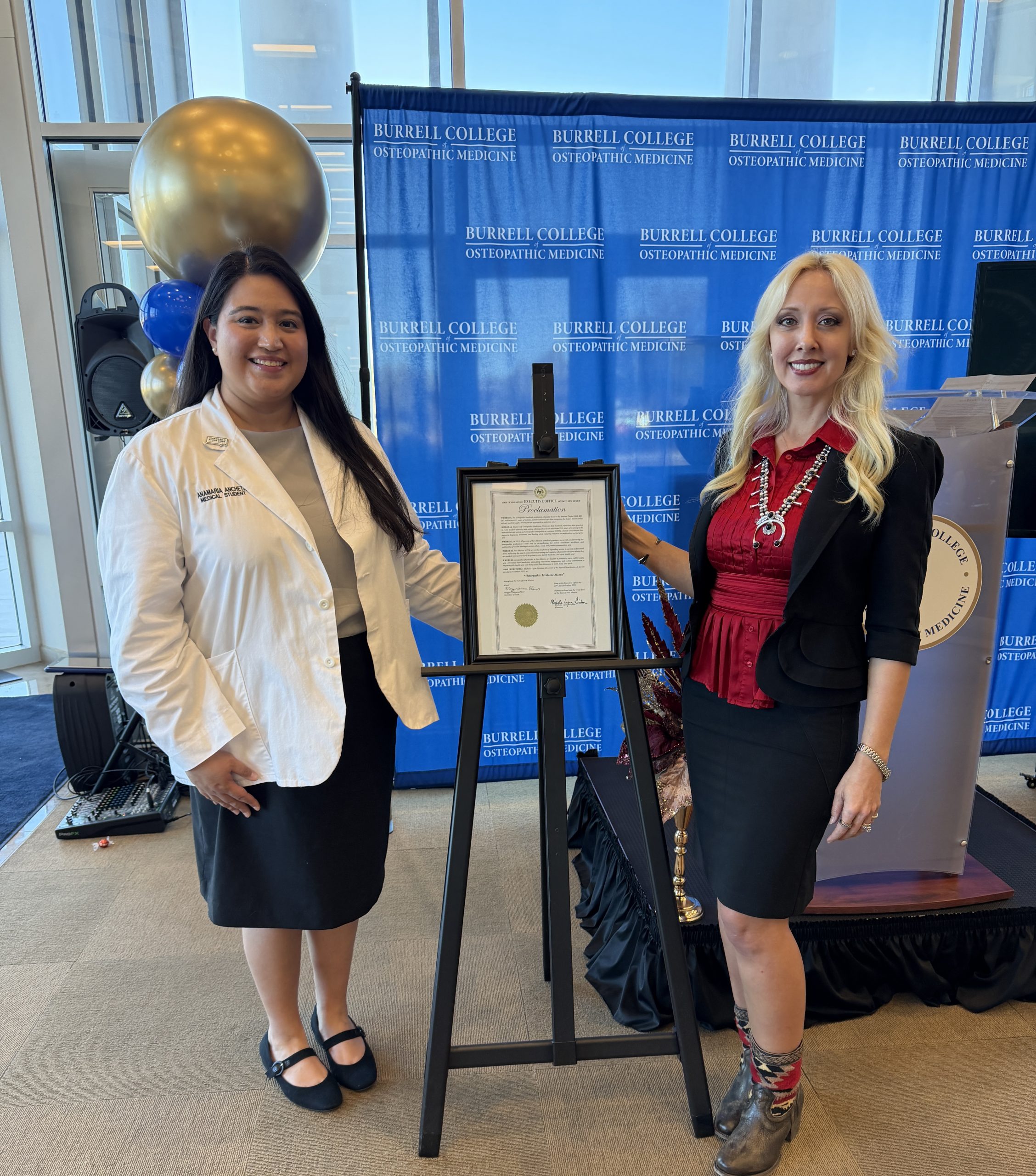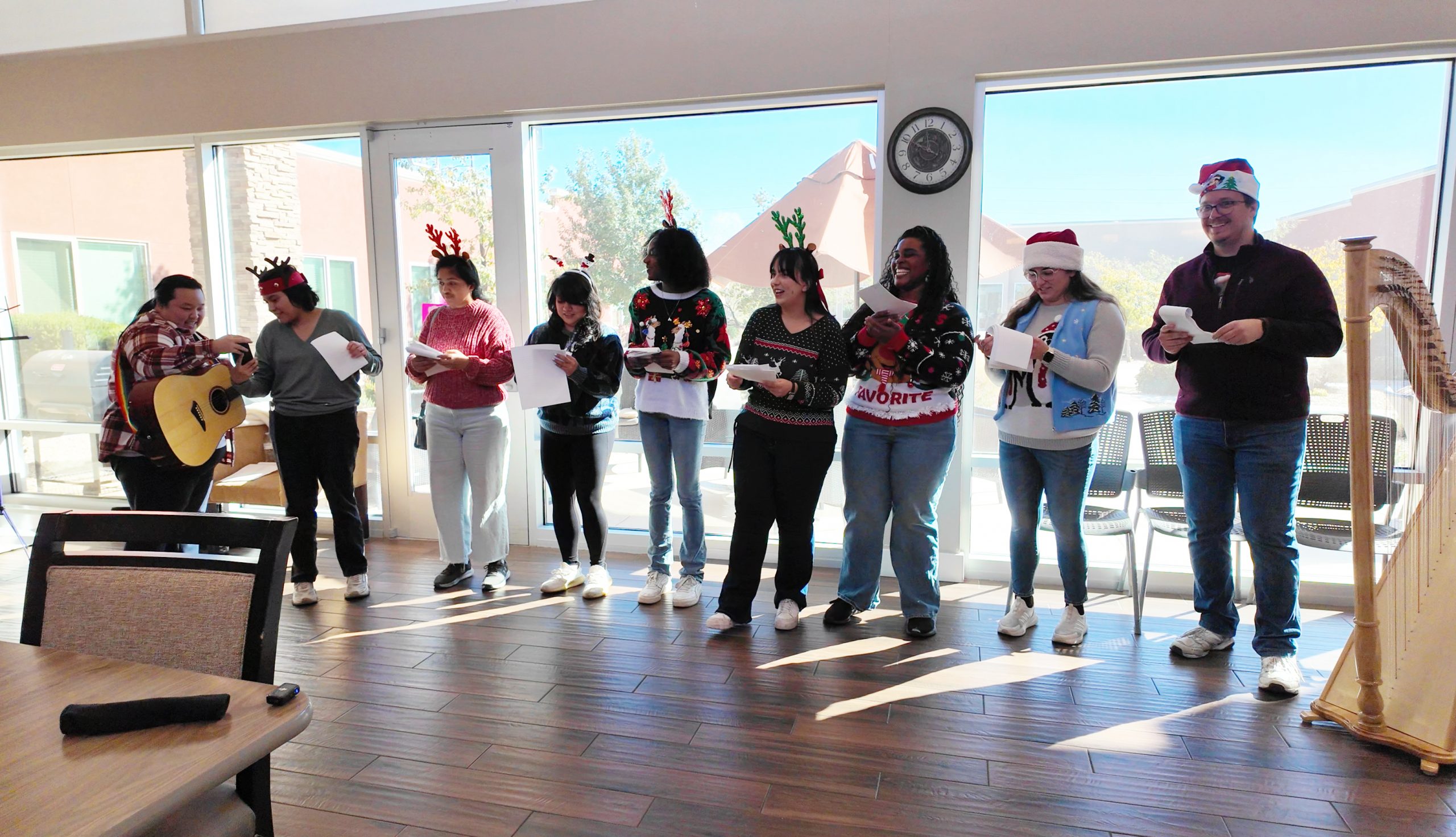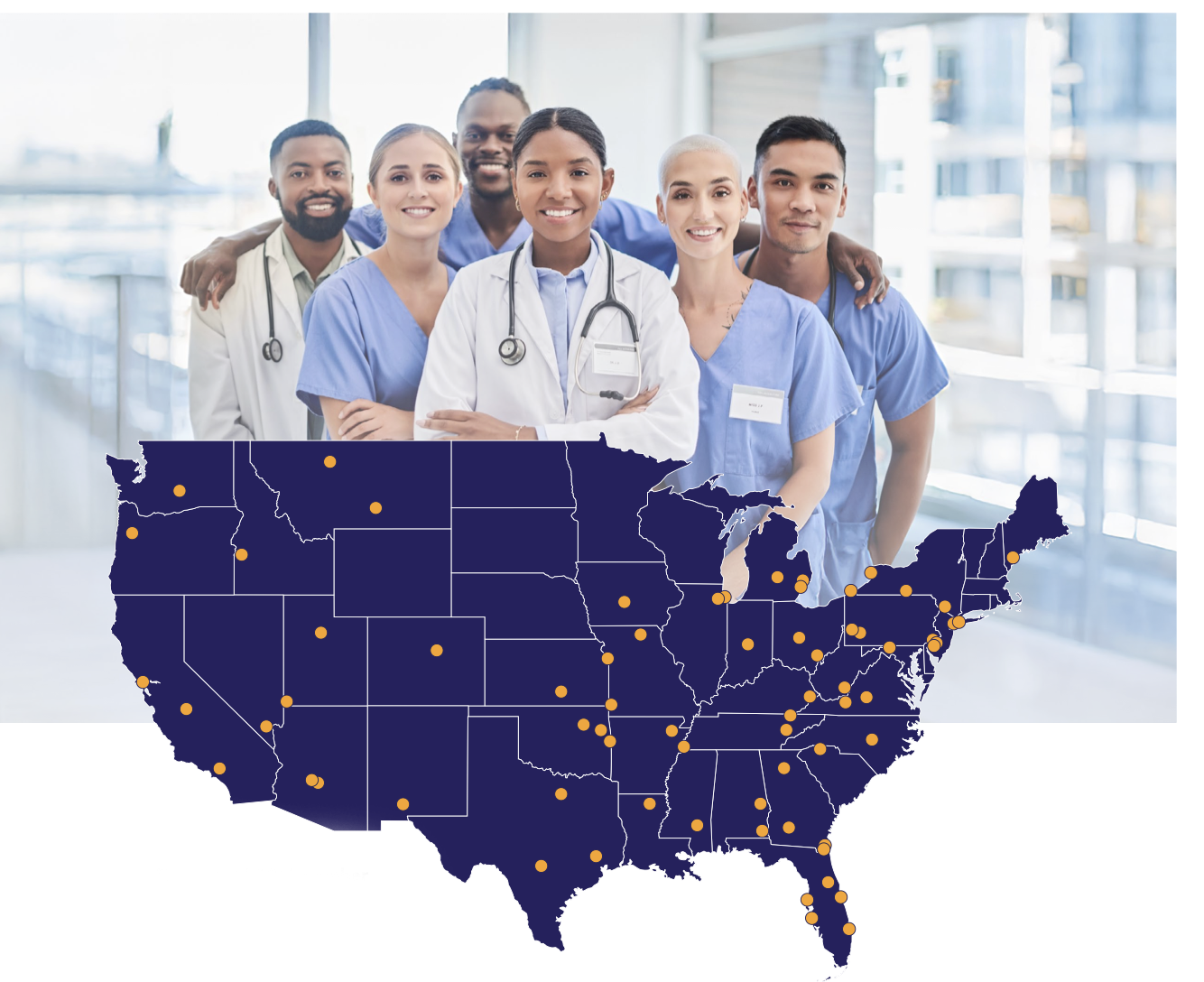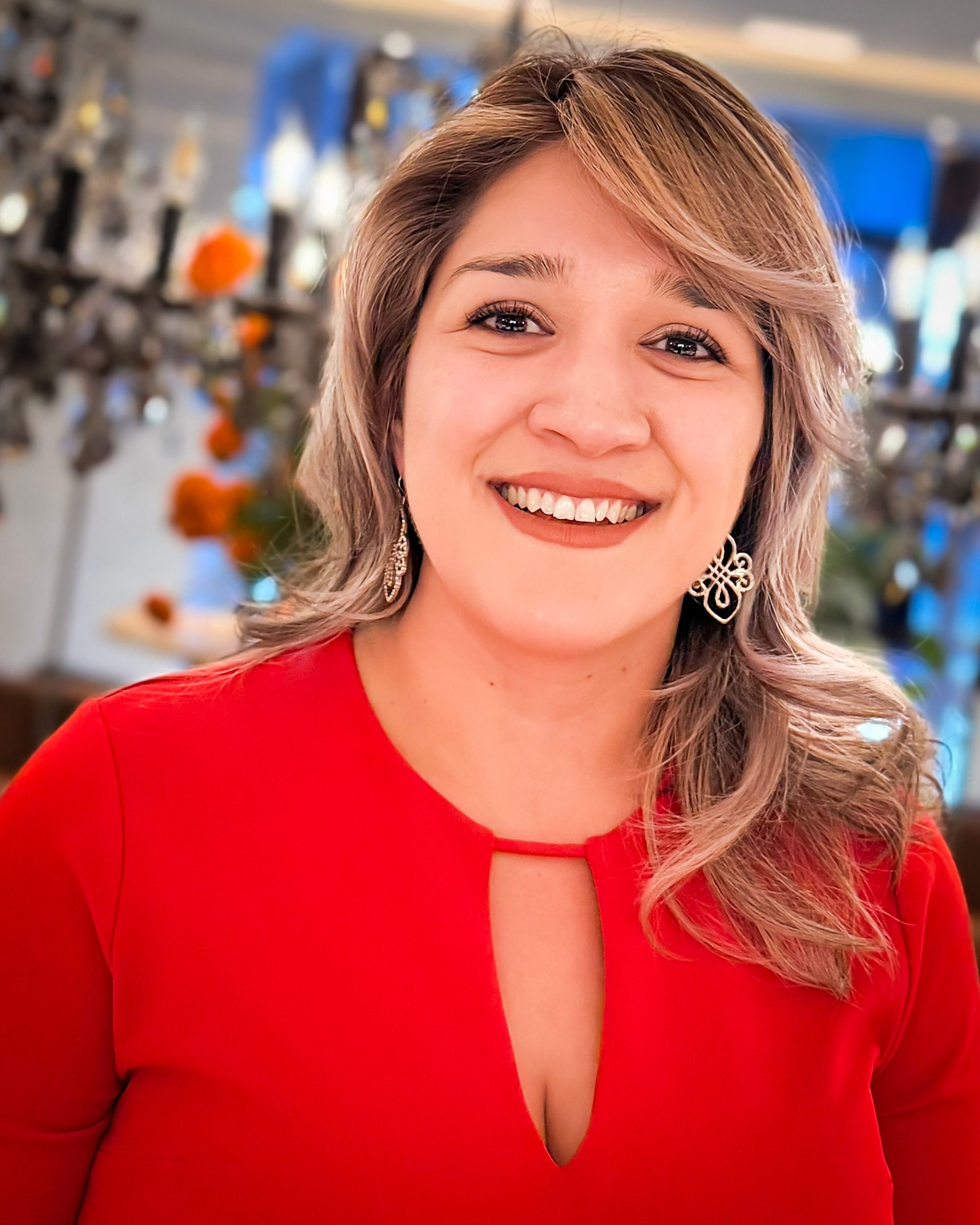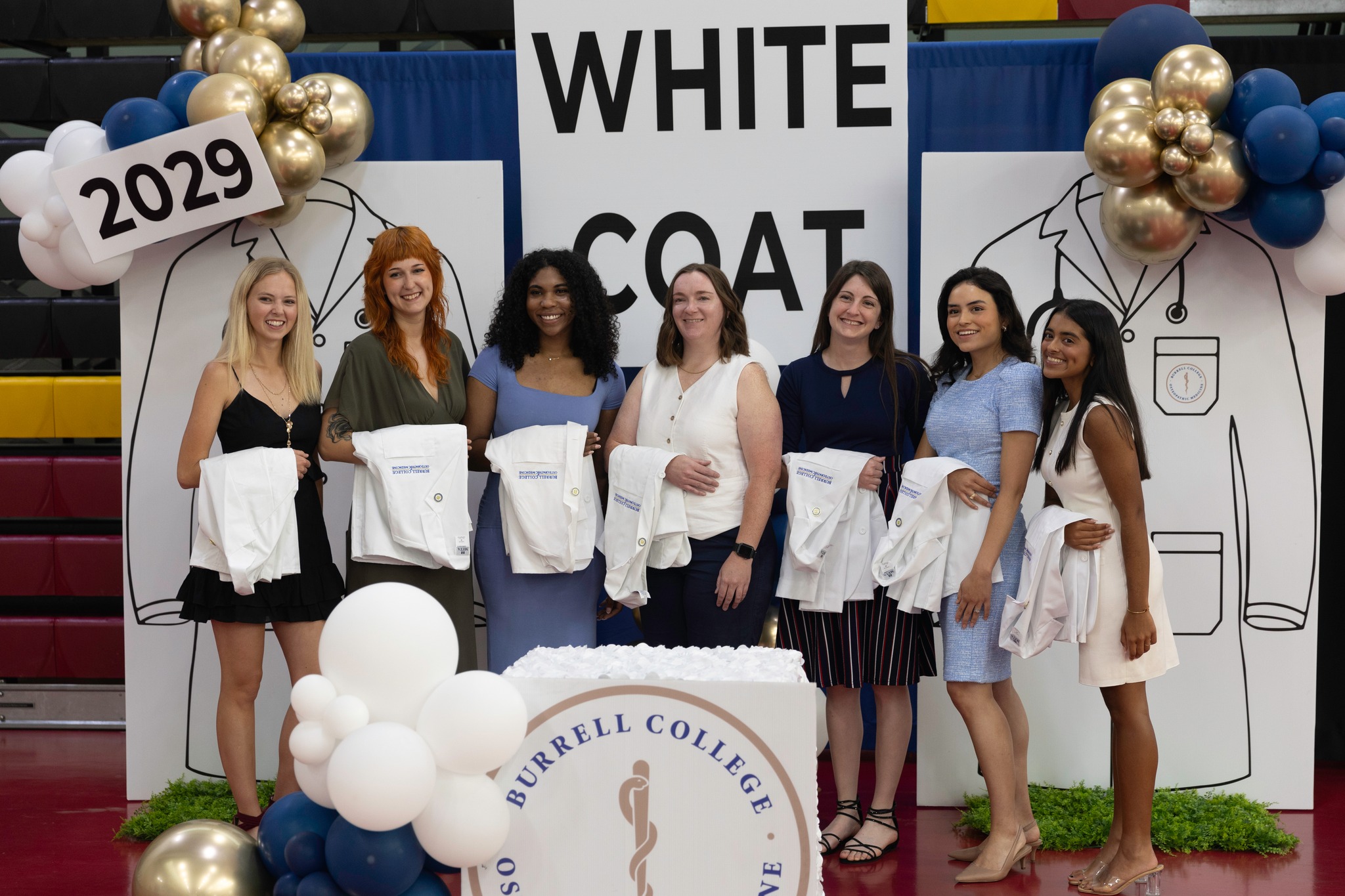
In July 2018, medical students from BCOM’s inaugural class of 2020 will begin their third-year clerkships in one of the five clinical teaching hubs BCOM has established within the region: Albuquerque, Eastern New Mexico, El Paso, Las Cruces, and Tucson.
After a two-week Intro to the Clinical Experience course, the students will have one week to relocate before beginning their first rotation on July 30. Throughout the 2018/19 school year, the future physicians will each complete two rotations in internal medicine, surgery, and family medicine, along with single rotations in obstetrics/gynecology, psychiatry, and pediatrics.
Students reporting to the Eastern New Mexico hub will be exposed to a side of medicine that many physicians never experience in their careers. This hub encompasses Roswell, Carlsbad, Hobbs, Lovington, and Artesia. Dorothy Hellums, Regional Coordinator for the Eastern NM hub, said, “This hub is very unique for the students. We are a hub of smaller communities; the largest is 50,000 in population. We are truly a rural healthcare network and the students will find the physicians are very friendly and truly want to immerse them into the community as well as healthcare. The treatment in Eastern NM is very hands-on.”
Medical student Alex Lam, one of the 11 BCOM students assigned to the hub, said getting “hands-on” is what he’s been looking forward to most about starting clinical rotations. He specifically requested the Eastern NM hub because he’s always wanted to practice medicine in a rural area. “I’m extremely excited to become part of the community there,” he said. “I think being able to get training in a rural area as a student is an incredible opportunity.”
The physicians already practicing in the area agree that training in a somewhat isolated region offers up opportunities and advantages the student doctors wouldn’t have in other, more metropolitan areas. Bryan Cross, DO, is a board-certified proctologist practicing in Hobbs. He is one of the 63 physicians in the region who have signed up to be preceptors and train the next generation of doctors. He points out that the training osteopathic physicians receive make them ideal healthcare providers for rural and underserved areas.

“Practicing medicine in a rural or remote area can be very different and present unique challenges when compared to the typical urban setting where access to virtually any service is abundant,” Dr. Cross added. “The best way to get future physicians interested in working in these areas is to directly expose them to these settings, and training in these settings also offers unique advantages. There will be opportunities for more direct involvement, one-on-one teaching, and hands-on experiences that students often lose out on when there is a hierarchy of multiple trainees at large academic centers.”
Because physicians practicing in rural areas are in limited supply, they often perform a wider array of services and procedures. Chandra Yangalasetty, MD, a pediatrician in Roswell said, “My students have the advantage of getting a complete exposure to pediatric conditions and management. Medical students working with me could familiarize themselves with inpatient management of common conditions like bronchiolitis, acute asthma exacerbation, febrile seizures, neonatal hypoglycemia, and neonatal sepsis. They can also see out patient management of conditions like acute otitis media, urinary tract infections, pulled elbows, and normal immunizations. I look forward to the enthusiasm and keenness of medical students.”
Dr. Cross also pointed out that practicing in rural areas requires unique critical thinking skills. Students training in Eastern NM will have the opportunity to develop abilities that will be beneficial no matter where they decide to practice.
“It’s important to know your skill set and services broadly enough to take care of most anything that comes to your facility with the resources you have,” Dr. Cross said. “But it’s just as important to know when a patient needs to be flown out to the tertiary care center two hours away when it’s something that can’t be handled here.”
When they’re not broadening their knowledge and patient care skills, students will have opportunities to experience the rich culture, history, and sense of community the Eastern New Mexico region offers from museums and art galleries to national parks like Carlsbad Caverns. Hellums added, “The students will find that all of the communities are a step above being friendly.”

